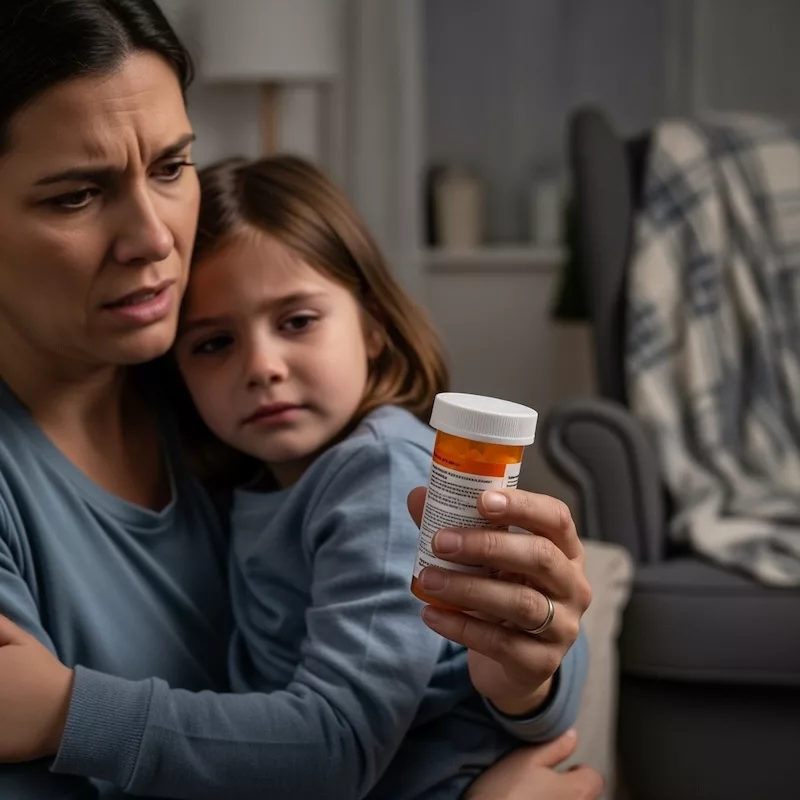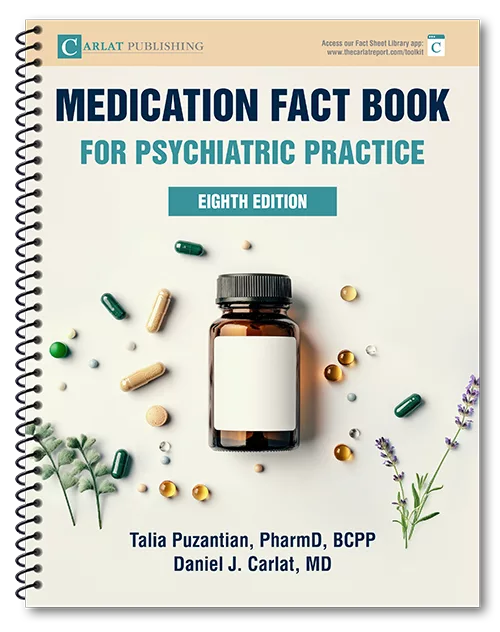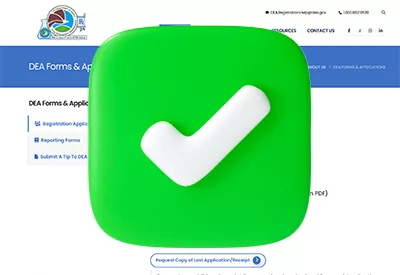Meds that require special skill to start: Atomoxetine and prazosin, plus a new FDA warning on stimulants.
Publication Date: 08/18/2025
Duration: 08 minutes, 28 seconds
Transcript:
KELLIE NEWSOME: We have tips on starting atomoxetine and prazosin, and the FDA has a new warning on stimulants. Welcome to the Carlat Psychiatry Podcast, keeping psychiatry honest since 2003.
CHRIS AIKEN: I’m Chris Aiken, the editor-in-chief of The Carlat Psychiatry Report.
KELLIE NEWSOME: And I’m Kellie Newsome, a psychiatric NP and a dedicated reader of every issue. One of the worst things we can do is cause a new patient to have terrible side effects after their first dose of a medication. They may never trust psychiatry again. Today, you’re going to learn how to reduce that risk with two meds – atomoxetine and prazosin. Stay tuned to the end, where we have an update from our Daily Psych feed on the FDA labeling of stimulants. Join the feed on LinkedIn, Twitter, Facebook, and Bluesky: Search for ChrisAikenMD.
CHRIS AIKEN: Do you think of atomoxetine (Strattera) as a sedative? I don't. It’s noradrenergic, and pumping up adrenaline can’t make people tired, right? But in 2020 Andy Eugene looked into postmarketing reports of somnolence on psychiatric medications with an antidepressant structure like atomoxetine does, and in that study, atomoxetine topped the list for causing reports of severe somnolence. The reason reveals a useful pearl in starting this non-stimulant for ADHD.
KELLIE NEWSOME: Most patients do not have somnolence on atomoxetine. Only one in twenty report it, but when they do, it’s bad enough to make them stop the drug, or cause their clinician to report it to the FDA. When it rains, it pours. Here’s why. Like the antipsychotics we listed in last week’s episode, atomoxetine blood levels rise or fall on the whims of a single metabolic pathway: CYP2D6. If that enzyme is blocked by a drug interaction or a genetic difference, atomoxetine levels jump up 10 times higher than expected, causing intense somnolence – severe enough to cause their physicians to report it to the FDA, and other side effects. Here are the strong CYP2D6 inhibitors to watch out for when starting atomoxetine. One antipsychotic: asenapine, and a few antidepressants: bupropion, duloxetine, and several SSRIs: fluoxetine, paroxetine, and high-dose sertraline ≥ 150 mg/day. One of those is often used in ADHD: bupropion. This atomoxetine problem is bad enough that the FDA has warned about it. This reaction also has a blessing. If your patient gets severe fatigue on atomoxetine, and there are no drug interactions to explain it, you have a pretty good bet that they are a genetic poor metabolizer at CYP2D6, and that’s going to affect a lot of their medication reactions.
CHRIS AIKEN: The other 3 antidepressants that topped Dr. Eugene’s list for severe reports of somnolence were meds you probably have never used. I know I have never used them. They are the tetracyclic antidepressants: Amoxapine, maprotiline, and one called mianserin. After that, the next worst offenders were the MAOI phenelzine and the OCD meds clomipramine and fluvoxamine.
KELLIE NEWSOME: Let’s pause for a preview of the CME quiz for this episode. Earn CME for each episode through the link in the show notes.
CHRIS AIKEN: Our next titration rule is for prazosin, the alpha-blocking blood pressure medication that treats nightmares and daytime hyper-arousal in PTSD. This is one where you don’t want to jump into a rapid titration, even if the patient is desperate to get rid of their PTSD nightmares. The FDA has added a black box warning about syncope and falls when starting it at 2 mg, and now recommends starting Prazosin at 1 mg to reduce that risk. Most falls happen 30-90 minutes after the first dose, and the risk is 1% if you start at 2 mg, but lower if you start at 1 mg and titrate slowly. So, here is how I would start Peazosin for PTSD. Start 1 mg at night, and raise by 1–2 mg every four to seven days based on response and tolerability. Once you reach a daily dose of 3-5 mg, you can start giving some of the me, around a quarter of it in the morning, and the target dose for PTSD is bigger than most people go to. It's on average about 12-16 milligrams a day.
KELLIE NEWSOME: And now for our research update, actually a news update. On June 30th, the FDA updated the labeling on stimulants like methylphenidate and amphetamine. Here’s what you need to know.
CHRIS AIKEN: The new labels discourage clinicians from using extended-release formulations of stimulants in children under age 6. Why? After analyzing post-marketing data, the agency concluded that XR formulations lead to higher than expected serum levels and more side effects – particularly weight loss – in patients under the age of 6. But should we even be prescribing stimulants before age 6? Most stimulants are not FDA approved in that young age range, and none of the XR formulations are approved below age 6. Therapy is the first line before medications for ADHD in preschoolers, and the therapy is usually an approach that includes behavior management and parent training. If a stimulant is required, like if the patient is having severe symptoms that aren't responding, go to Methylphenidate first line because it's safer than the amphetamines in children, and you need to remember this because this is one area where the FDA approval is totally out of line with practice guidelines, because strangely amphetamines, instant release amphetamines, are approved by the FDA down to age 3 while methylphenidate is not. Methylphenidate is proven down to age six. This is a discrepancy that has more historic than scientific reasons. Bottom line is go with methylphenidate. That's what the studies and the practice guidelines are recommending, not the amphetamines, and therapy is first for preschool. ADHD, methylphenidate second-line. If you use a stimulant, avoid the XR formulations as they're gonna have a greater risk of side effects, and if you do use them, monitor weight carefully. This problem with the XR formulations does not apply after the age of six.
KELLIE NEWSOME: Do you have any tips on starting psych meds? Send them to caiken@thecarlatreport.com. You’ll find more dosing secrets in our textbook Prescribing Psychotropics, the book that Nassir Ghaemi calls, "Not only useful, but engaging and entertaining."


_-The-Breakthrough-Antipsychotic-That-Could-Change-Everything.webp?t=1729528747)



